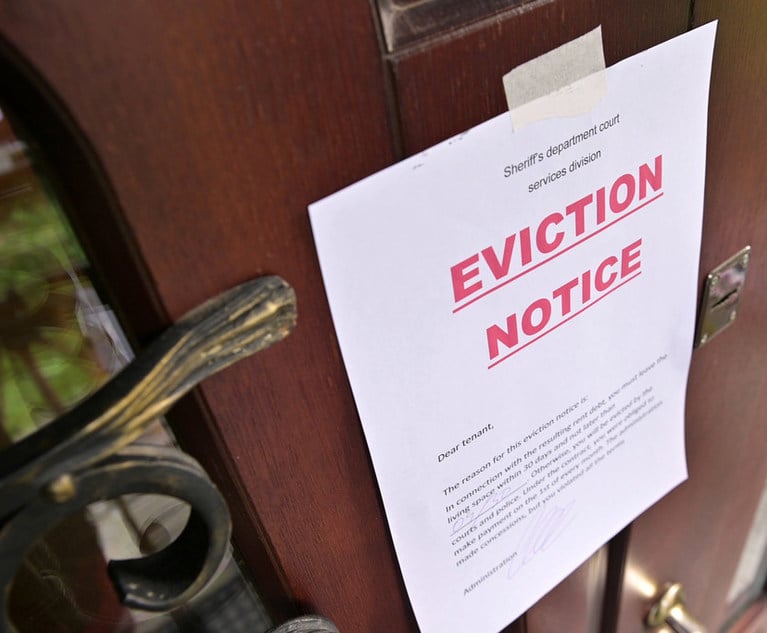This column has on numerous occasions addressed the fundamental procedural device known as the “Yellowstone injunction” under New York landlord-tenant law (in fact, we addressed a Yellowstone issue in our most recent, April, 2019 column). First established by the Court of Appeals over 50 years ago in First Nat. Stores v. Yellowstone Shopping Center, 21 N.Y.2d 630 (1968), a Yellowstone injunction tolls the time to cure under a notice to cure or notice of default, so that the tenant can litigate the merits of the alleged defaults and retain the ability to cure if the court ultimately rules that the tenant is in default of the lease.
Under the Yellowstone doctrine, all a tenant need show in order to obtain such relief is that it: (1) holds a commercial lease; (2) received from the landlord either a notice of default, a notice to cure, or a threat of termination of the lease; (3) requested injunctive relief prior to the expiration of the cure period; and (4) is prepared and maintains the ability to cure the alleged default by any means short of vacating the premises. Graubard Mollen Horowitz Pomeranz & Shapiro v. 600 Third Ave. Associates, 93 N.Y.2d 508 (1999).


 Warren A. Estis and Michael E. Feinstein
Warren A. Estis and Michael E. Feinstein




